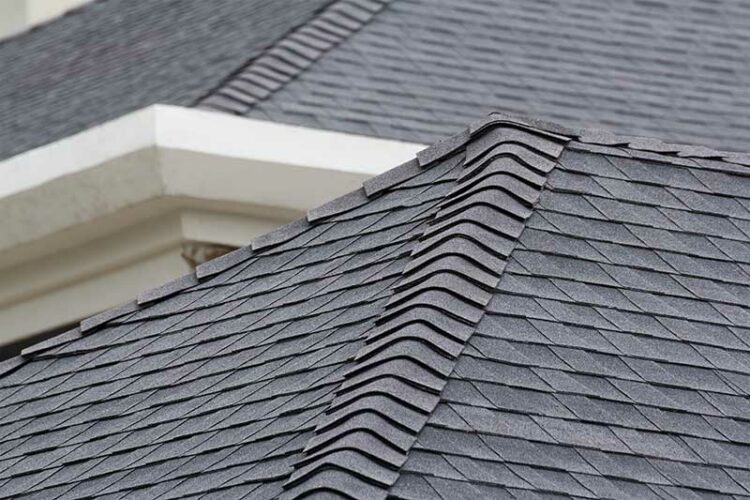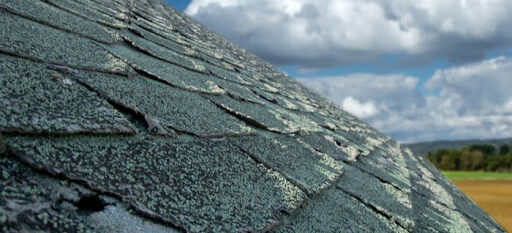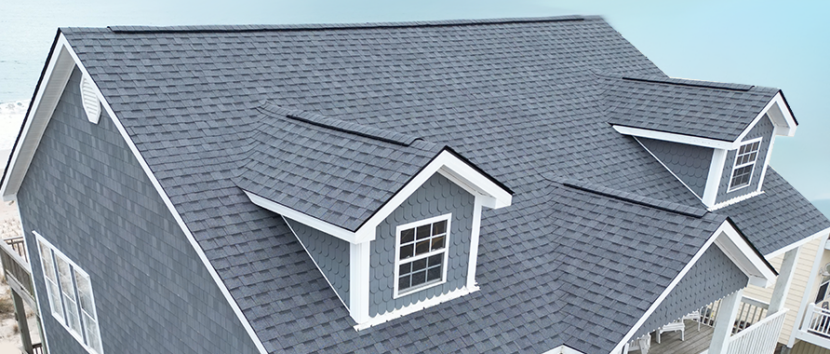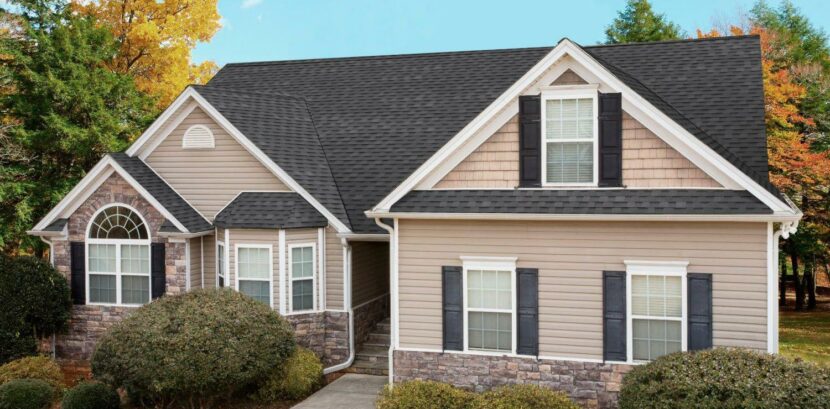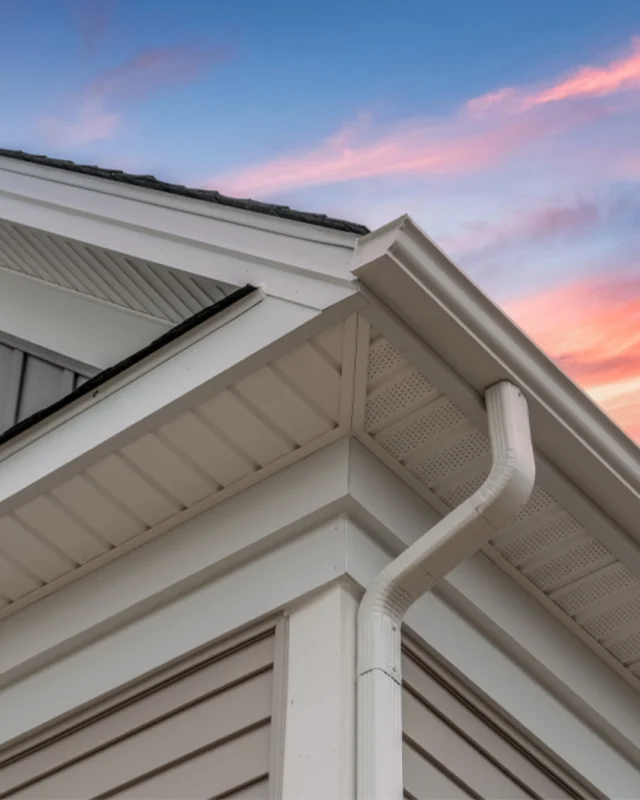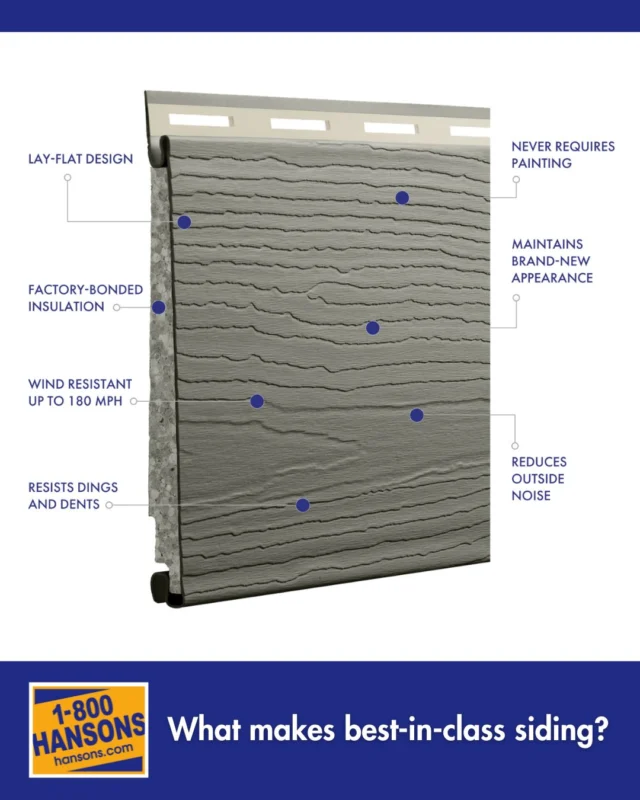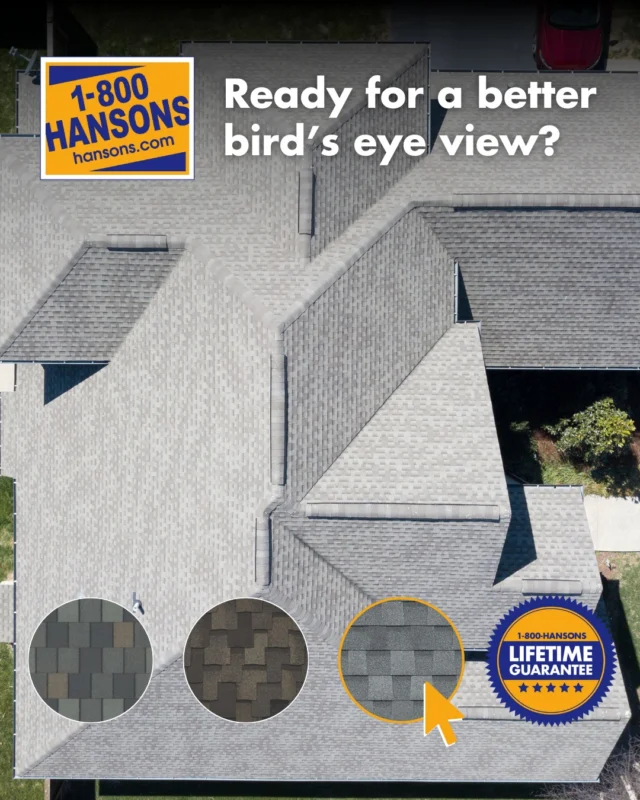Cool Roofing Technology

The benefits of cool roofing technology
Urban heat zones obliterate air and water quality. They trap pollution and heat, thereby amplifying greenhouse gas emissions. Cool roofing reduces high cooling loads well enough to improve peak energy savings, reducing the odds of annoying power outages. Its benefits extend beyond the environment, though. It:
- Decreases utility bills.
- Reduces the need for air conditioners.
- Often qualifies for rebates.
- Allows homes to downsize their HVAC equipment.
- Improves comfort.
- Reduces solar damage, stretching out your roof’s lifespan.
2015 was an important year for roofing. Los Angeles, which had the highest heat island effect in the country, became the first metropolitan hub to create a cool roof mandate. The city required all new builds to achieve a prescribed minimum solar reflectance rate and thermal emittance level.
Steep roofs in the City of Angels are now required to achieve a thermal emittance level of 0.75. In the years that followed, New York, Philadelphia, and Washington D.C. joined LA with their own cool roof mandates. The Department of Energy joined the fray by recommending polymer coatings, cool-colored slurry, and high thermal emittance rates.
The industry has evolved to meet increasing demand — so much so that the international cool roof market was valued at $21 billion in 2022, but what can it do for you? Let’s find out.
Get a Free Estimate Today
50% off installation. Special financing available. See details.
What is cool roofing?
In the Eighties and Nineties, charcoal and black roofs were all the rage. The darker your roofing, the better, but cool roof ordinances have had a powerful impact on color trends. Light-hued roofs reduce cooling costs by 20%, but cool roofing is more than a mere palette. Eight technologies dominate the cool roof industry:
- Reflective roofs reflect a maximum of 90% of the sun’s heat. White coatings and metal are usually used to achieve this.
- Cementitious and elastomeric coatings increase solar reflectance.
- Evaporative roofs encourage moisture evaporation via absorptive coatings. Clay and metal can encourage cooling best in dry, hot conditions.
- Single-ply membranes cover low-sloping roofs with PVC, EPDM, or thermoplastic polyolefin.
- Phase-change roofs absorb and release solar gain by changing from a solid to a liquid.
- Cooling paints usually contain highly reflective titanium dioxide.
- Cooling granules are coated with reflective ceramic coatings.
- Green roofs insulate the home while reflecting up to 70% of the sun’s warmth.
Most cool roofs shed heat by emitting thermal infrared radiation, but manufacturers are always climbing to new heights of innovation. Sometimes, a brand-specific product is the “coolest” solution available, so keep your eyes open for innovative new fabrications.
Light-colored shingles help keep a roof surface up to 20 degrees cooler than a roof with dark-colored shingles.
Is your existing roof design appropriate for a cool roof upgrade?
The best cool roof solutions are factory-built and installed from scratch, but your existing roof might be suited to an upgrade. Most roofs can accommodate a cool roof conversion. Special reflective pigments are, perhaps, the simplest way to achieve that, but every material has its own retrofit options.
If you have clay or concrete tiles, they can often be retrofitted with cool-hued polymers. Wood shakes can be replaced with cool-colored wood, and metal shingles can be painted. Buildings with a low pitch are often suited to single-ply membranes. If you have a built-up roof, it could be hybridized with a reflective cap sheet.
If all large North American cities adopted cool roof technology, it would eliminate 1.4 billion tons of Carbon dioxide emissions every year in the US alone. Cool roofing was once limited to southern states, but in recent years it’s spread to all US climate zones. It doesn’t always come at a price premium, so the question isn’t whether to install one, but when.
Are you thinking about a roofing project? Contact 1-800-HANSONS for a free roofing estimate today.

